So I'm always searching for different treasures whether it's digging them from the ground or browsing the local classifieds and I've just acquired something I'm pretty excited about. This powder horn is to date the most fascinating Revolutionary War artifact I've come across and my reason for posting it is I want to find out as much as possible about it. I am particularly interested in finding out more about the individual that engraved and carried this horn during the war. My expertise on Revolutionary War artifacts is limited and google searching the name engraved in the horn hasn't been as productive as I had hoped. Any input is much appreciated!
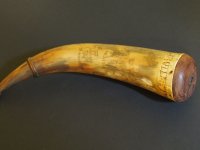
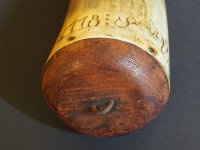
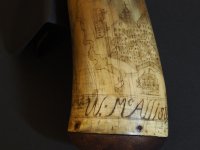
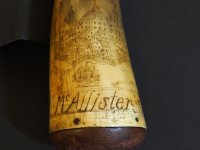
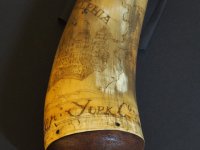
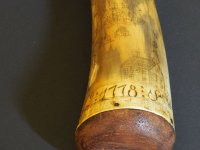
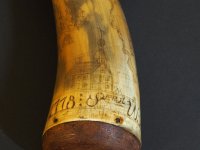
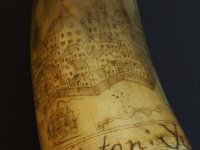
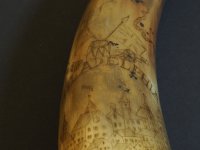
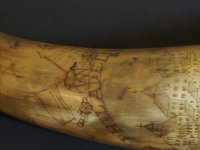
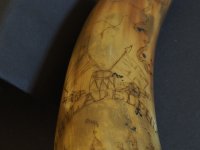
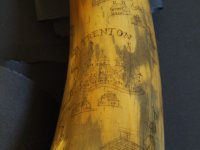
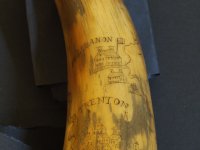
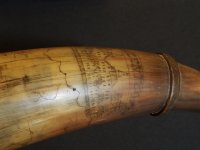
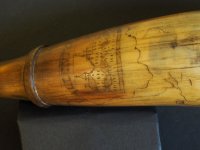















Attachments
Upvote
0




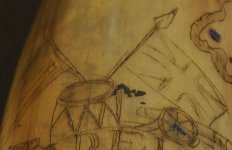
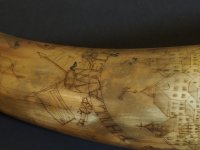
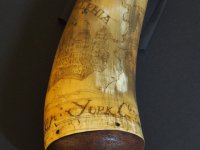

 I'll owe you one for sure!
I'll owe you one for sure!
